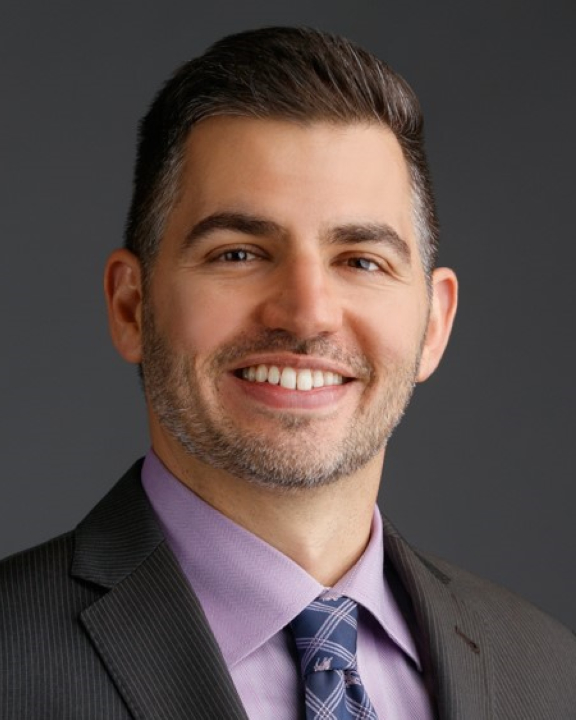Justice-involved individuals (JIIs) reentering society often face a complex mix of challenges: Chronic health conditions, mental health and substance use disorders, unstable housing, limited job prospects, and a deep distrust of systems. The first 90 days after release are critical. Without solid, coordinated care, many fall through the cracks increasing the likelihood of adverse health outcomes — preventable hospitalizations, or setbacks in treatment — and higher rates of recidivism.
California’s CalAIM Enhanced Care Management (ECM) program is designed with this reality in mind. Medi-Cal Managed Care Plans (MCPs) and their networks are tasked with providing high-touch, person-centered care to individuals with the most complex needs—including those recently released from incarceration.
Why ECM Matters for Reentry
Individuals transitioning from incarceration are formally recognized under CalAIM as a Population of Focus for ECM and may be eligible for a robust support system that can help them reintegrate, get SDOH support and care management.
Adults must have been released from a correctional facility within the past 12 months or in the process of transitioning from a correctional facility and meet at least one of the following conditions: a serious mental illness, substance use disorder, chronic or significant health condition, intellectual or developmental disability, traumatic brain injury, HIV/AIDS, or be pregnant or postpartum. Youth transitioning from a youth correctional facility are also eligible regardless of additional conditions.
ECM services can be a game-changer for individuals leaving incarceration who often experience immediate disruptions in their health care and basic support systems Medications are discontinued. Treatment plans are interrupted. There is rarely a structured connection to primary care, behavioral health services, or social supports such as housing and employment. ECM is designed to close these gaps by coordinating services across medical, behavioral, and social domains in a cohesive, community-based model.
What Works: Practical Strategies That Get Results
Successful ECM programs for Justice Involved Populations:
- Bring in peers. People respond to someone who’s lived it. Peer mentors who have been incarcerated themselves help bridge the gap in trust and understanding.
- Start early. Pre-release engagement—even if it’s just a brief introduction or shared flyer—makes a difference. It creates a sense of continuity rather than a cold start.
- Be present from day one. Help with the basics: transportation, food, clothing, parole check-ins, and mobile phones. That early stability sets the tone.
- Use a community voice. Hire staff who live in and understand the neighborhoods they’re serving. Language, tone, and relatability matter.
- Support tech literacy. Navigating smartphones, apps, and benefits systems can be overwhelming. Offer guidance and keep tools as user-friendly as possible.
- Partner expansively. ECM works best when integrated with parole officers, housing agencies, mental health providers, and job programs. These aren’t add-ons—they’re essential.
- Lead with empathy. Trauma-informed care isn’t a checkbox. It’s a mindset. Most justice-involved individuals carry emotional and psychological scars. Care teams need the tools to meet them with compassion and flexibility.
Getting ECM right takes more than vision; it requires structure that supports tailored, person-centered care. That starts with smart outreach strategies and diverse care teams—blending clinical roles with peers and behavioral health support. Care plans should cover more than health appointments – they need to factor in housing, employment, transportation, and legal support. ECM is about the full picture.
Use every available source to identify eligible members: jails, parole systems, CBOs, even self-referrals. As more and more MCPs turn rely on ECM providers to generate their own referrals, ability to engage directly with JI individuals as opposed to relying on MCP member information files is critical.
Track meaningful outcomes—not just enrollment numbers. Look for reduced ED visits, more consistent care engagement, and better housing stability. And above all, keep it local. Programs that are integrated into the community—not hovering above it—build credibility and lasting relationships.
Justice-involved individuals aren’t just patients. They’re people rebuilding their lives—parents, workers, neighbors. CalAIM’s ECM benefit gives providers and CBOs a rare opportunity to support that journey in a way that’s grounded, coordinated, and personal.
COPE Health Solutions works with provider groups and community-based organizations to design, implement, and optimize ECM programs for justice-involved individuals and other high-need populations. We’ve seen what works—and we’re here to help organizations put that knowledge into practice.
Want to learn more about ECM and whether your organization is a fit? Contact COPE Health Solutions at info@copehealthsolutions.com.


